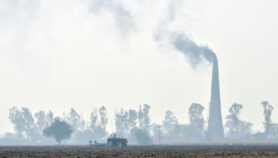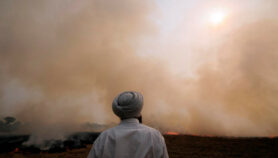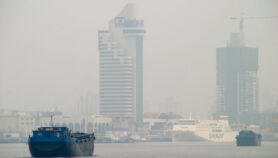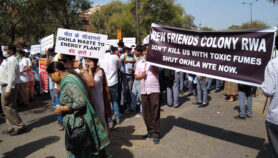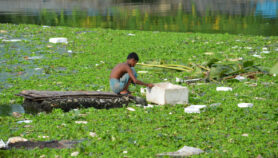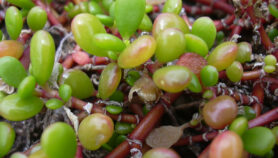21/04/19
Heavy haze continue to shroud Thailand’s Chiang Mai
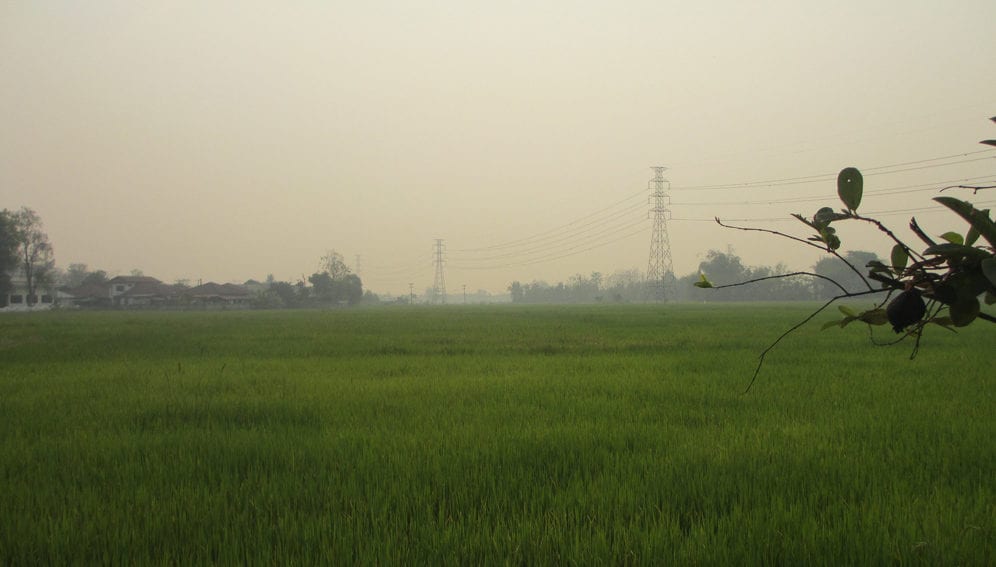
By: Trudy Harris
Send to a friend
The details you provide on this page will not be used to send unsolicited email, and will not be sold to a 3rd party. See privacy policy.
[BANGKOK] Thailand’s far north is expected to remain blanketed in grey smog well into May, warns an expert, prolonging a months-long crisis that has seen air pollution levels soar into the hazardous zone.
Haze over Chiang Mai has blocked out views of the surrounding forested mountains. Universities have been forced to cancel classes, residents have donned surgical face masks and those with health problems urged to stay indoors as the city enters the list of the world’s most polluted cities this month. Dangerous tiny particles known as PM2.5 have soared beyond safe levels since February.
“I foresee this becoming a six-month long problem, extending into May when the rains are due”
Khuanchai Supparatpinyo, Chiang Mai University
Crop burning has been blamed for much of the pollution, along with villagers burning undergrowth in forests to collect mushrooms and other forest produce more easily. Chiang Mai is vulnerable because its surrounding mountains trap the pollution.
The problem has been especially bad and long this year because of dry conditions. Firefighters are also battling to control blazes in forests in Chiang Rai district further north. Local authorities suspect some fires may have been deliberately lit so farmers can expand their crop cultivation into forests, according to local reports.
Khuanchai Supparatpinyo, director of the Research Institute of Health Sciences at Chiang Mai University, said the area’s seasonal haze used to last for only two months annually from February to March. But in recent years, the situation has grown more serious, starting as early as December because of drier conditions and also industrial farming.
“I foresee this becoming a six-month long problem, extending into May when the rains are due,” Supparatpinyo said.
The national government has urged local authorities to crack down on crop burning and forest fires. Farmers burn crop residue to prepare for the next planting. Authorities have tried to restrict the method in Thailand’s north in recent years, but experts say open burning remains widespread.
‘Safety zones’ acting as a refuge where citizens can escape the air pollution have been announced by Supachai Iamsuwan, Chiang Mai’s governor. Equipped with air purifiers, food and water, one opened at the city’s convention and exhibition hall in recent weeks.
The governor had earlier been criticised for his handling of the crisis, with some saying he should have called a state of emergency to force a faster and more effective response from the national government.
The amount of PM2.5 has exceeded the ‘hazardous’ level of 300 micrograms per cubic metre of air on many days in and around Chiang Mai, according to the Air Quality Index. Thailand has set the safe threshold for prolonged exposure to PM2.5 at 50 micrograms per cubic metre while the WHO’s limit is just 25 micrograms per cubic metre.
PM2.5 particulates are small enough to enter the bloodstream via the lungs and can cause respiratory illnesses, cardiovascular disease and cancer.
Supparatpinyo said educating residents about the dangers of poor air, particularly for children, the elderly and those already suffering from heart and lung problems, is critical. They must be made aware of how to protect themselves from intense air pollution.
“When people are informed and educated about the serious dangers, then they are willing to solve the problem for themselves,” Supparatpinyo tells SciDev.Net.Data-based evidence of the extent of the problem is key to assessing long-term solutions. One hundred sensors set up by Supparatpinyo’s team in Chiang Mai and surrounding areas have measured dangerous pollution levels not only in the city but remote areas as well. Next year, the team hopes to have 800 sensors working across Thailand’s nine northern provinces.
Unsustainable agricultural practices, along with haze blowing across the border from neighbouring Laos and Myanmar, are to blame, says Olivier Evrard, a social anthropologist based in Thailand for France’s Institute of Research for Development (IRD). Additionally, fumes from the rising numbers of cars on the roads, as well as construction, contribute to the haze over Chiang Mai.
“Seasonal haze in the area has been recorded as far back as the late 1800s. What we have now is not the same,” he tells SciDev.Net. “Urban pollution is high now, so the mix of urban pollution and seasonal pollution is giving rise to an ecological crisis.”
This piece was produced by SciDev.Net’s Asia & Pacific desk.








